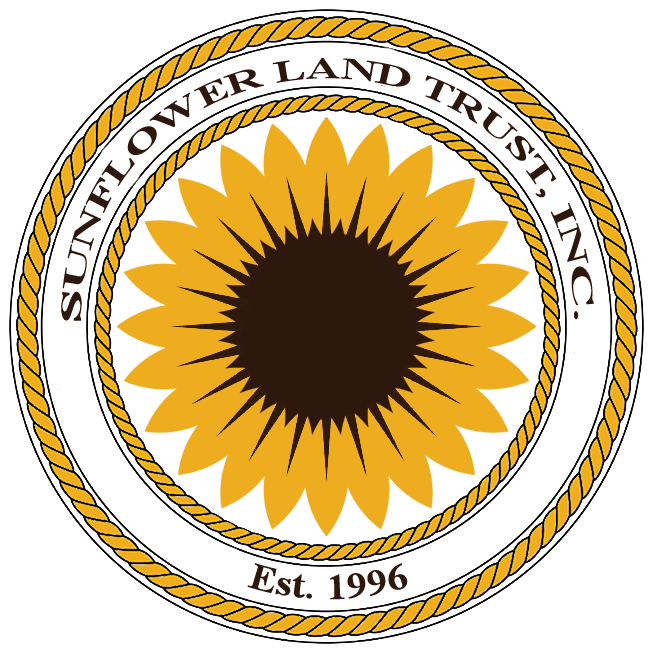Mitigation Program
Mitigation Banking, In Lieu Fee, Threatened & Endangered Species Opportunities
Mitigation systems are created to offset damages caused when projects eliminate or reduce the effectiveness of a natural system. A project could cause the degradation of a wetland system, damage to stream quality, or habitat loss. Regulatory agencies are overseers of the natural systems and, as such, issue permits for the construction of various projects. For example, the US Army Corps of Engineers (USACE) through their 404 Permit oversee projects impacting streams or wetlands. The US Fish and Wildlife Service (USFWS) and the Kansas Department of Wildlife and Parks (KDWP) monitor various wildlife species under their Threatened and Endangered Species Program. The Environmental Protection Agency (EPA) interfaces with other agencies to reduce project impacts on air and water quality. The Kansas Department of Health and Environment issue permits regarding local water quality issues. Each agency has its own permitting process, but in general they coordinate their permits in order to minimize a project’s environmental impact.
The Sunflower Land Trust (SLT) is an active participant in these mitigation programs. The SLT works through USACE to create Mitigation Banks and In Lieu Fee Programs. The SLT also works with the KDWP to mitigate habitat losses for Threatened and Endangered Species. Our mitigation bank serves the mitigation needs in South Central Kansas region. The state-wide In Lieu Fee program provides mitigation assistance to areas outside our mitigation bank. Our organization also creates and protects habitats for Threatened and Endangered species on a statewide basis. The following projects clearly demonstrate our ability to provide mitigation needs in the State of Kansas.




